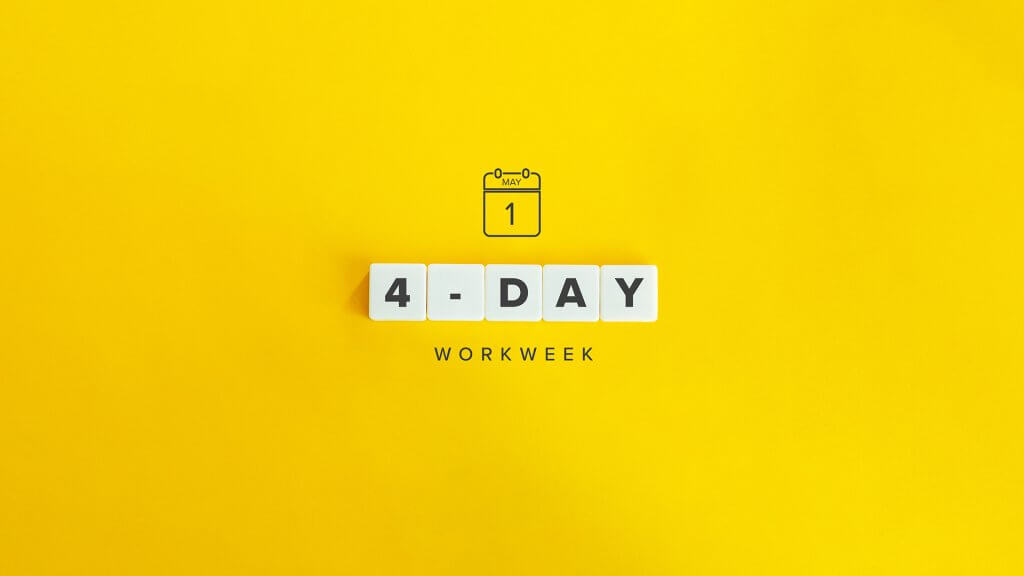10 Proven Steps to Making Staff Meetings More Effective
It is increasingly a challenge to host effective, inclusive meetings that inspire collaborative relationships and action, especially if many of those meetings are online, or harder still hybrid. International expert mediator and facilitator, Jane Gunn reveals ten proven steps on how to hold clear, effective and authentic meetings.
1. Have a clear purpose – Explain what the unique purpose of this specific meeting is and what you hope to achieve in getting together – is it approval of something, to resolve issues or conflicts, or to set future tasks for example. Skipping this step may leave colleagues relying upon assumptions and using past templates instead of thinking and planning for this specific meeting. The theme or type of the meeting – team meeting, board meeting etc. is often confused with the purpose.
2. Consider carefully who should be invited – Who fits the meeting’s purpose and who may impede it? It is such a poor use of business time to have people in meetings when they don’t actually need to be there. Equally be clear about the criteria you are using to include or exclude people from your meeting to avoid causing offence or isolating people. Online meeting fatigue is definitely growing so make sure attendees actually need to be there.
3. Identify potential roadblocks to the meeting’s success – Meetings should enable every communication to be clear, honest and authentic. Stick to the agenda. Help create collaborative rather than adversarial relationships by ensuring everyone is heard and experiences a sense of working together. There should be an implicit agreement to make the meeting a success.
4. Be prepared on a practical level – Be totally ready with technologies or appliances you want to use to create a more dynamic, fluid meeting, such as slides, props or flip charts. Take into account the nuances of a hybrid meeting, if some are in the room and some are dialling in especially.
5. Priming – Prior to the meeting agree how long the meeting should be and explain to attendees what they can expect from the meeting and how they could prepare for or contribute to it. Circulate the clear agenda beforehand because participants will have existing expectations, agendas and underlying assumptions.
6. Think about how you will open (and close) your event – and how to manage or facilitate the process to get the best contributions from those attending. People are at their most ready to be inspired at the beginning of a meeting, so the opening is vital. Set the tone and vibe of the meeting at the start. Think about introductions and how to get everyone engaged from the beginning, whilst reminding people why you are gathering. Close on a high rather than allowing the meeting fizzle out and people drift away. Summarise and reiterate what you have achieved and thank everyone for their time at the end of the meeting.
7. Be a good facilitator – Critical skills for a strong facilitator include deep listening, questioning, micro-observation, empathizing, non-verbal communication, giving and receiving feedback. Make sure everyone feels connected, valued and listened to and respected, and there is clarity and certainty about the outcomes. Think about engagement, energy and experience.
8. Problems – Allow conflict and issues to surface and use your skills and tools to deal with them. Most problems are centred around individuals and how they seek to be heard or get their message across. Some people may appear too strident or aggressive, others may be reticent to speak up. Remember that whatever is unspoken is hardest to change. Like an iceberg, 90% of important information in a conversation is often hidden. Make sure all interactions are respectful.
9. Length of meeting – Meetings that run longer than an hour are probably not being managed well unless it’s an extraordinary event. Keep the meeting moving along and keep those involved aware of time without letting important issues being rushed. In necessarily long meetings, prevent a loss of energy by taking regular breaks.
10. Consider the outcome or product of the meeting – What was decided and what, if anything, was left needing more discussion? Is a break-away meeting needed for specific people? What actions have been agreed and how will people be accountable for carrying them out? What happens next in terms of meeting or follow-up to keep the momentum going? The meeting is truly over when all loose ends have been tied up.

Stay updated with our latest publications.
Discover Issues
See how we can help you grow in the online space!
Advertise With Us
We can help promote your business.
Find Out More




